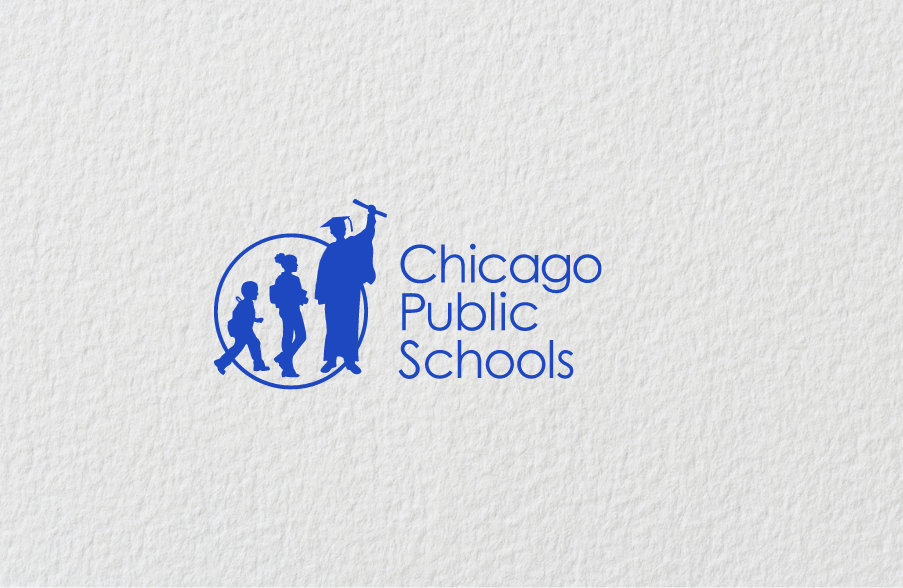The problem:
While the substitute teaching shortage affects most everyone, certain populations struggle more than others. Under-resourced schools, populated mainly by Black, Hispanic, and low-income students are in a constant state of struggle due to unstaffed classrooms and unfilled substitute teaching requests.
Luckily, a simple (and relatively inexpensive) solution was uncovered during a multi-year study at Chicago Public Schools (the nation’s fourth largest district) from 2018-2020.
The solution:
The study, conducted by Matthew A. Kraft (Brown University), Megan Conklin (Chicago Public Schools), and Grace T. Falken (University of Washington), measured whether providing financial incentives to work in hard-to-staff schools would improve substitute teacher longevity and bring in new teachers to these schools (spoiler alert: it did!). The district paid a daily stipend — $30 to $40 on top of the daily rate of $165 — to all the substitute teachers in schools with the lowest rates of pay.
These incentives started off with 75 schools for the first year of the study, but expanded to a total of 125 the following year. Believe it or not, the stipends only added an additional $1.1 million to the $42 million the district already spent on substitute teachers.
The results:
Although the budget increase was fairly minimal, the payoff of these increases was invaluable. The hard-to-staff schools experienced:
- A nearly 50% increase in filled substitute requests
- Subs covering an additional 114 teacher absences in each of the participating schools (which equals over 13,000 total student-hours of classroom coverage… per school!)
- Slight (but significant) positive effects on student achievement in English language arts
- More full-time teachers feeling confident to take time off to attend professional development programs
Principal Kamilah Hampton of the Richard J. Daley Academy felt the improvements almost immediately. Reflecting on years past when she struggled to fill classrooms, Principal Hampton said, “It was crazy. I didn’t get subs. So my bilingual coordinator, my assistant principal, myself or any free clerk, we’d have to step in and cover.”
Having a consistent substitute presence in the classroom does wonders for student achievement. Increasing fill rates by just 23 percentage points resulted in (on average) school-wide achievement increases. Not only are unfilled sub requests an operational challenge, but they have direct repercussions on student success.
The way forward
This study highlights a feasible and replicable path to reduce inequities in large, urban school districts. It also illustrates additional steps districts can take to continue improvements to underprivileged schools:
Lower barriers to entry
By requiring only an associate’s degree or allowing student-teachers to substitute, there would be a wider pool of potential subs to take over classrooms.
Exclusive contracts
Investing in full-time substitute roles where substitutes work exclusively for one school or are required to accept any job assigned to them creates a dedicated pool of individuals available to teach.
Improving substitute training and work conditions
Certain benefits may entice substitute teachers more than others. For example, providing training such as building classroom rapport and fostering classroom communities would likely increase a sub pool, especially when considering that almost half of all districts provide no training at all. Based on survey responses, substitute are most satisfied when they have access to:
- High-quality lesson plans
- School maps and schedules
- A dedicated staff member to answer any questions
While all of these methods may improve fill rate, none of them directly address the fact that substitute teachers greatly favor convenience (i.e. a short commute) and safe neighborhoods. More often than not, these college-educated subs live in higher income neighborhoods that are quite a trek to these historically Black and Hispanic neighborhoods.
At the end of the day, educational equity will require more than just pay increases. It’ll require a systematic restructuring of the American education system by addressing the racial and economic segregation that is illustrated through crime rates and school working conditions. But for now, implementing these small changes will have a monumental impact.






